After testing the Nothing Phone (3), my iPhone days may be numbered
The Phone (3) might have everything

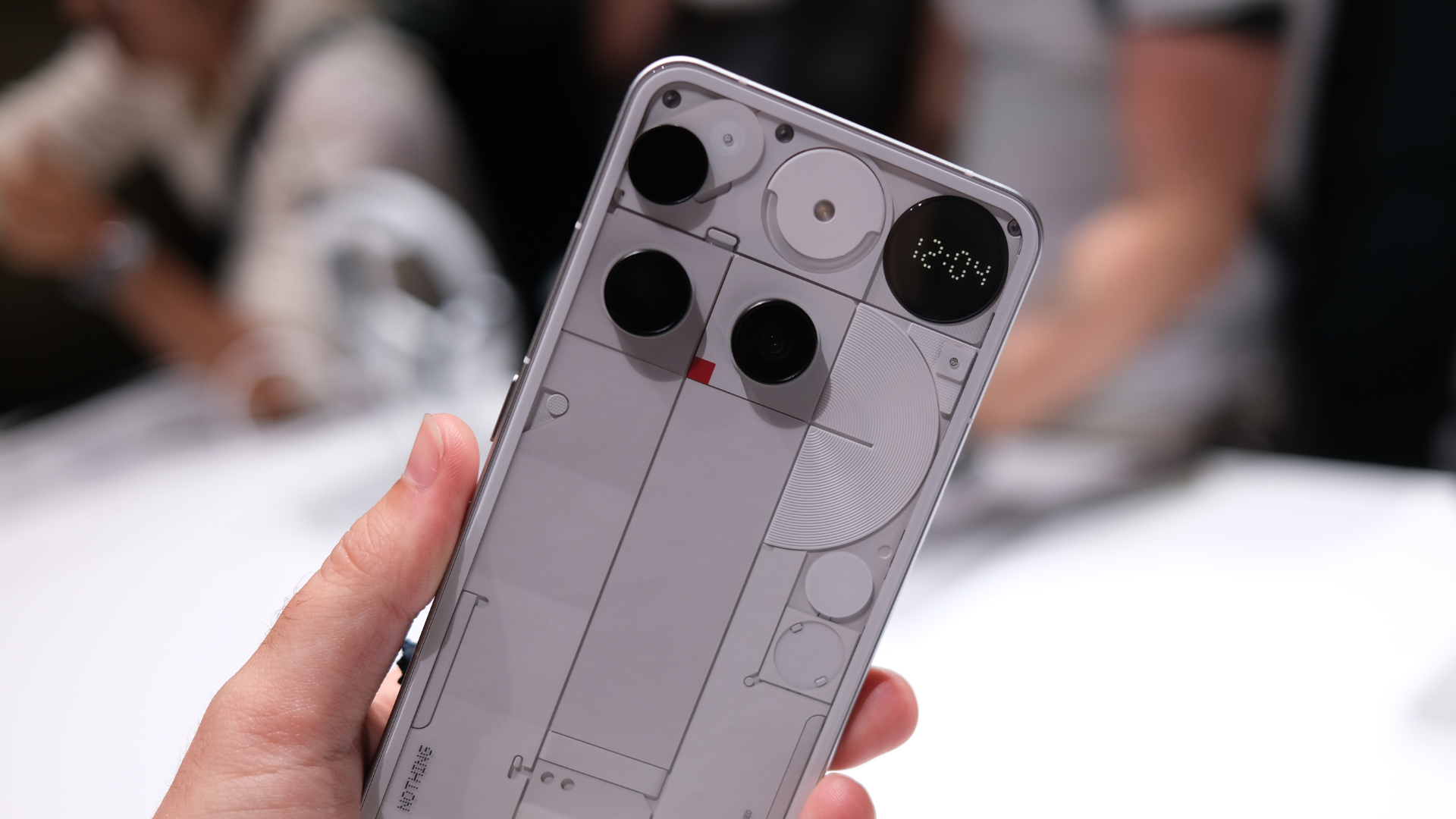
My iPhone 15 Pro suddenly looks and feels quite long in the tooth. It's a ridiculous state of affairs, given the phone is still less than two years old, but it's the reality – because I just spent a little over an hour with the Nothing Phone (3), and I think I'm smitten.
Nothing's newly unveiled phone marks the beginning of a major new phase for the startup brand, in which it's going to attack the more premium end of the market that it's skirted so far. That means the Phone (3) is aimed at disrupting the flagship market, with a price of £799 or $799, which undercuts rivals that pack in similar specs.
I've been an iPhone user for around a decade now, but not in a dogmatic way – I would happily try Android if a compelling enough option came along. Well, here it is, not just because of its intriguing budget, but because it does things a little differently.
A whole new glyph
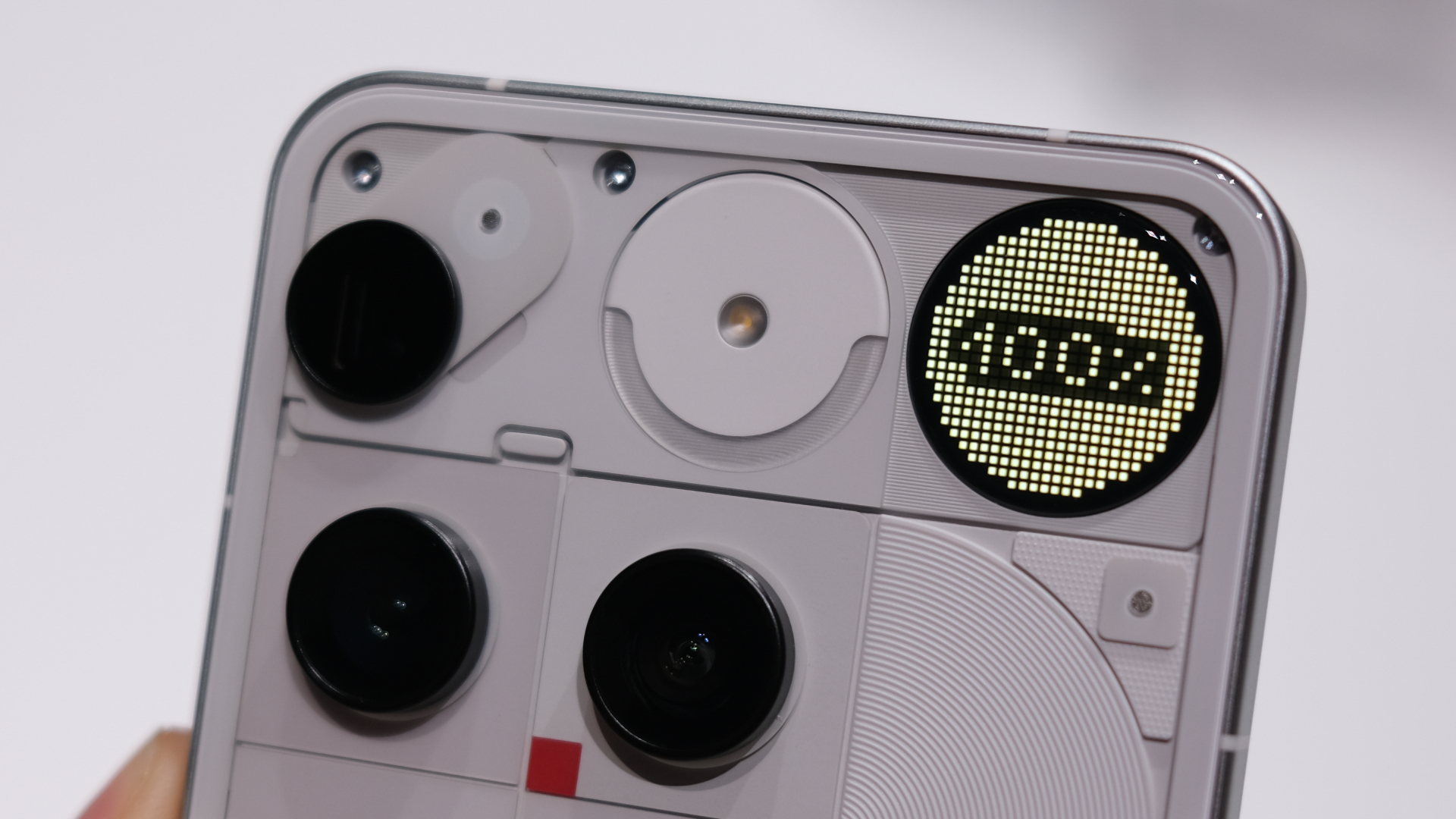
I wasn't a huge fan (to put it politely) of the Glyph interface that Nothing used in the Phone (1) and Phone (2), but the new upgrade that it's received this time is really interesting. It's now called the Glyph Matrix, and has nearly 500 LEDs to create what's basically a tiny little screen on the back of the phone.
I experimented with it a little and found it genuinely useful for alerts and at-a-glance information, in a way that didn't require any pattern memorisation like the previous versions. It's the sort of added value that you really don't get from bigger phone brands right now, and I'm interested to see how it holds up over a few weeks of use.
Plus, the fact that Nothing is opening up the SDK to let its community build new apps for the screen is great, and has already resulted in some fun little options. I suspect I'd largely leave it on the clock option, but even that's a great tweak – anything that helps me resist checking my phone when it's face-down is a boon.
Camera competition
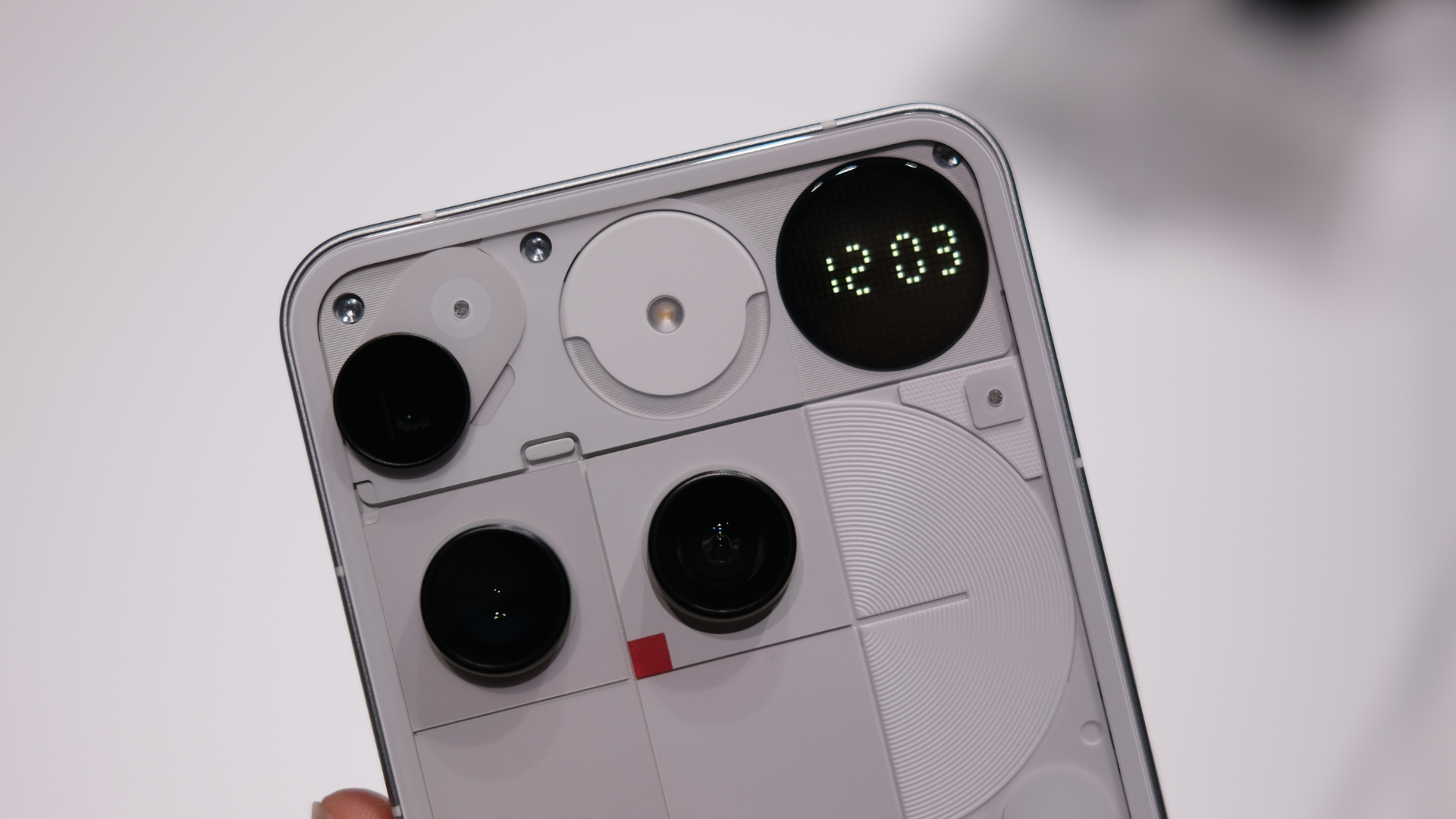
So much of proving that your device is "flagship-level" nowadays comes down to the camera array it offers. After all, for quite some time, that's been the main difference between the different phones launched by Apple and Samsung each year. So, Nothing knew it would need some strong cameras to justify the price hike for the Phone (3).
Get all the latest news, reviews, deals and buying guides on gorgeous tech, home and active products from the T3 experts
The biggest addition is a periscope lens that enhances the zoom on offer quite substantially, especially when paired with AI features to sharpen up distant shots. While 3X optical zoom actually isn't much of a headline-grabber, I'll have to test it more extensively to see how it really fares.
A 50MP ultrawide is also great to have – I find myself using ultrawides much more than I'd expected. Again, though, detailed camera testing will take more time to uncover the phone's strengths and weaknesses, and to see if it can really go toe-to-toe with the big guns of Samsung and Apple.
The Nothing software advantage
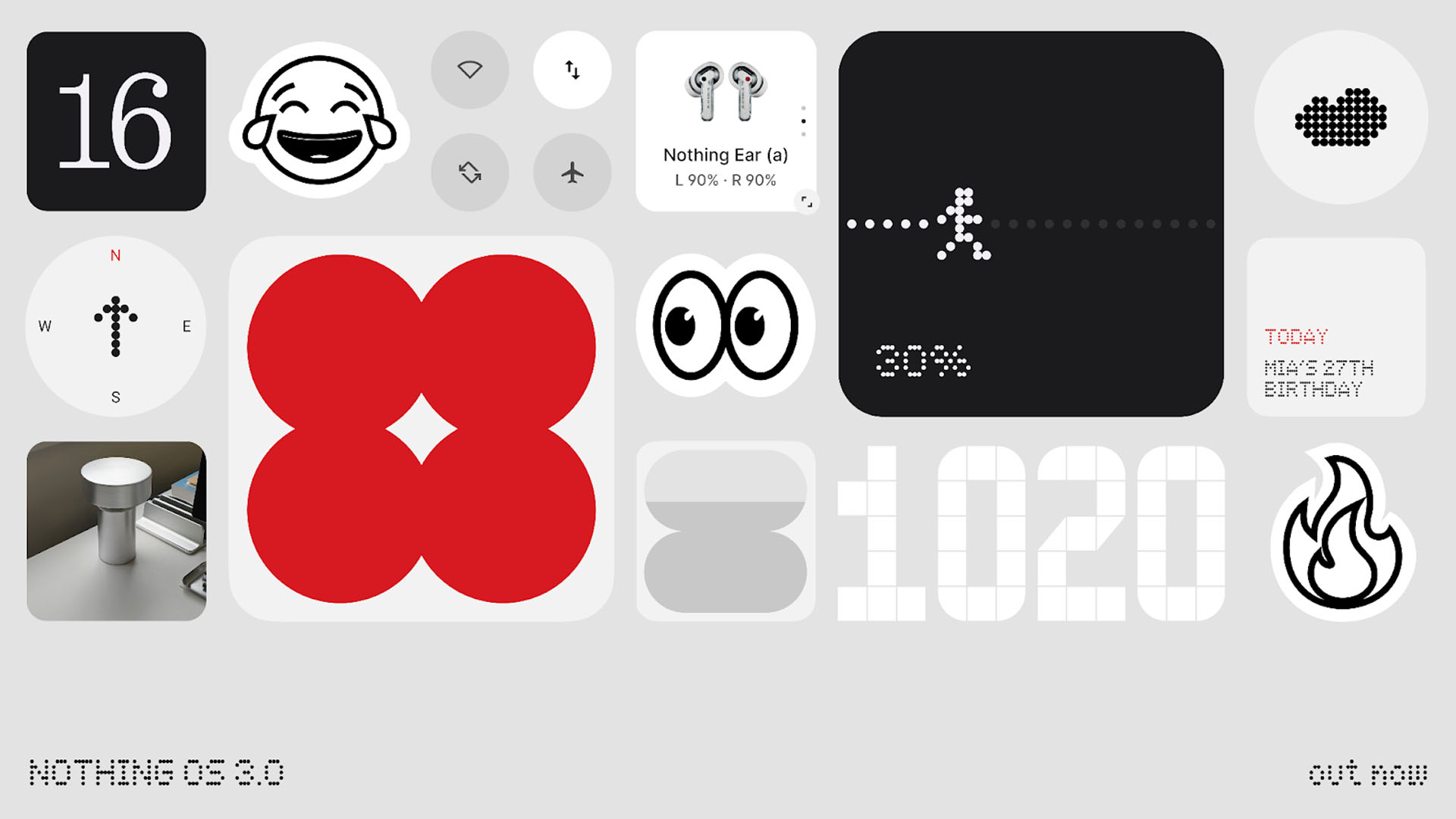
I had a OnePlus X way back in the days when that brand was a genuinely insurgent presence in the phone world, and part of the attraction (other than stunning pricing) was the simplicity and lack of bloat it layered over Android. Nothing has taken the same approach, unsurprisingly, but it's done so with a more obvious lick of paint and coating of its own design sensibilities.
I haven't spent an extended period of time with a Nothing phone before, but after an hour with the Phone (3), I'm intrigued to see how this design ethos holds up in the software. I know with pretty good confidence that I'll barely use Essential Space, for example, but maybe its integration will spark me to try it more than I'd expect.
Some drawbacks to overcome
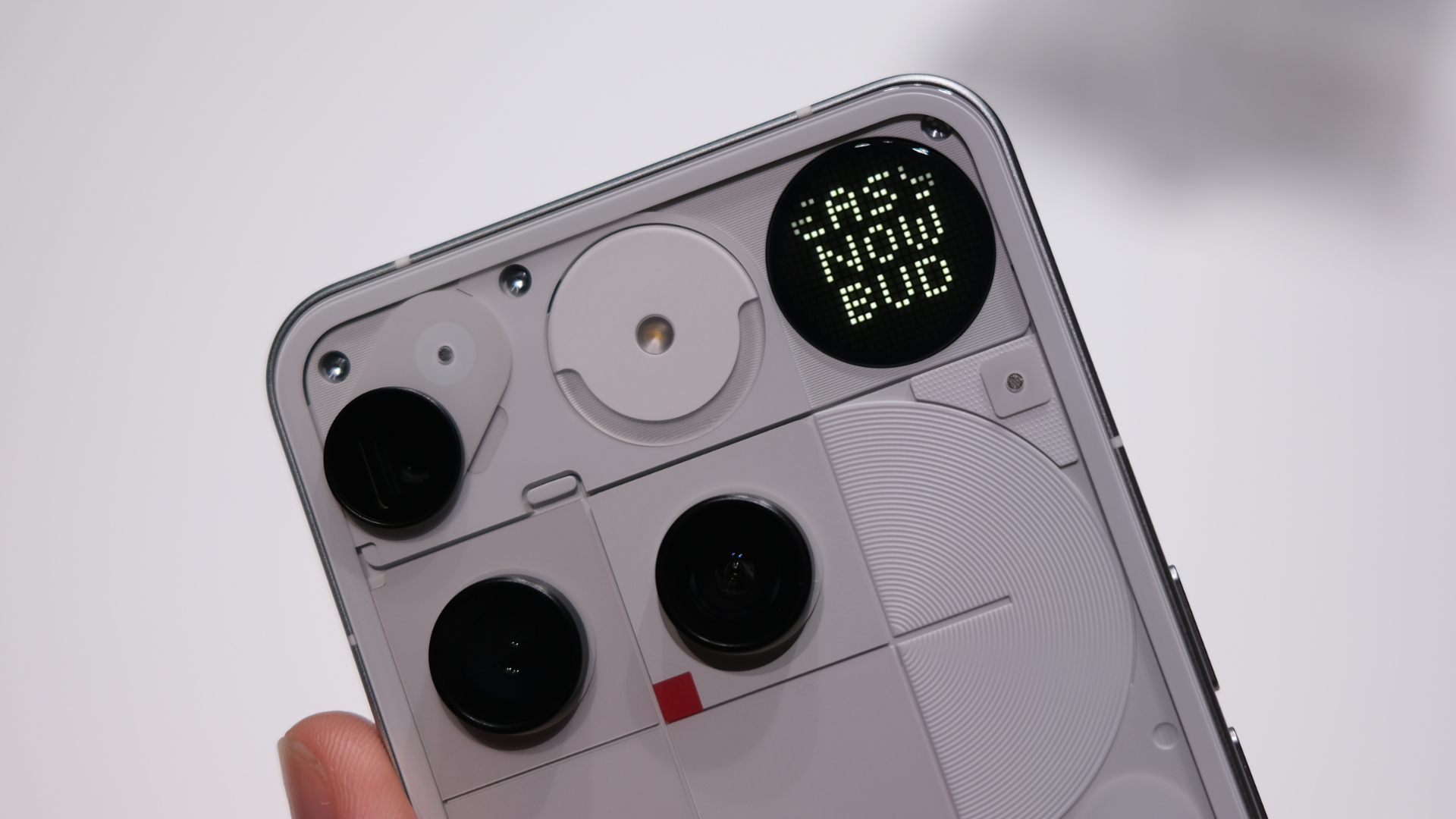
All of the above is really positive, but it's worth mentioning some of the drawbacks to how Nothing has built the Phone (3). For one thing, its processor is notable for not being a flagship one. The Snapdragon 8s Gen 4 is still plenty fast, but it's not the very latest and greatest that Snapdragon has to offer up.
So, this might divide people along the lines of their degree of enthusiast knowledge. Those who want to quibble with the meaning of a "flagship" phone might feel it's not quite good enough, but I'm pretty certain most people come to Nothing for its design and unique touches, rather than raw specs. I'll know more when I have longer with the phone, but my hands-on time didn't feel laggy or unresponsive.
Another small hesitation is the amount of emphasis being put on AI features, albeit ones that co-founder Carl Pei is adamant have to serve the user. To put it simply, I don't love these, and tend to try to turn them off – time will tell if Nothing's can buck that trend.
A new world for battery life
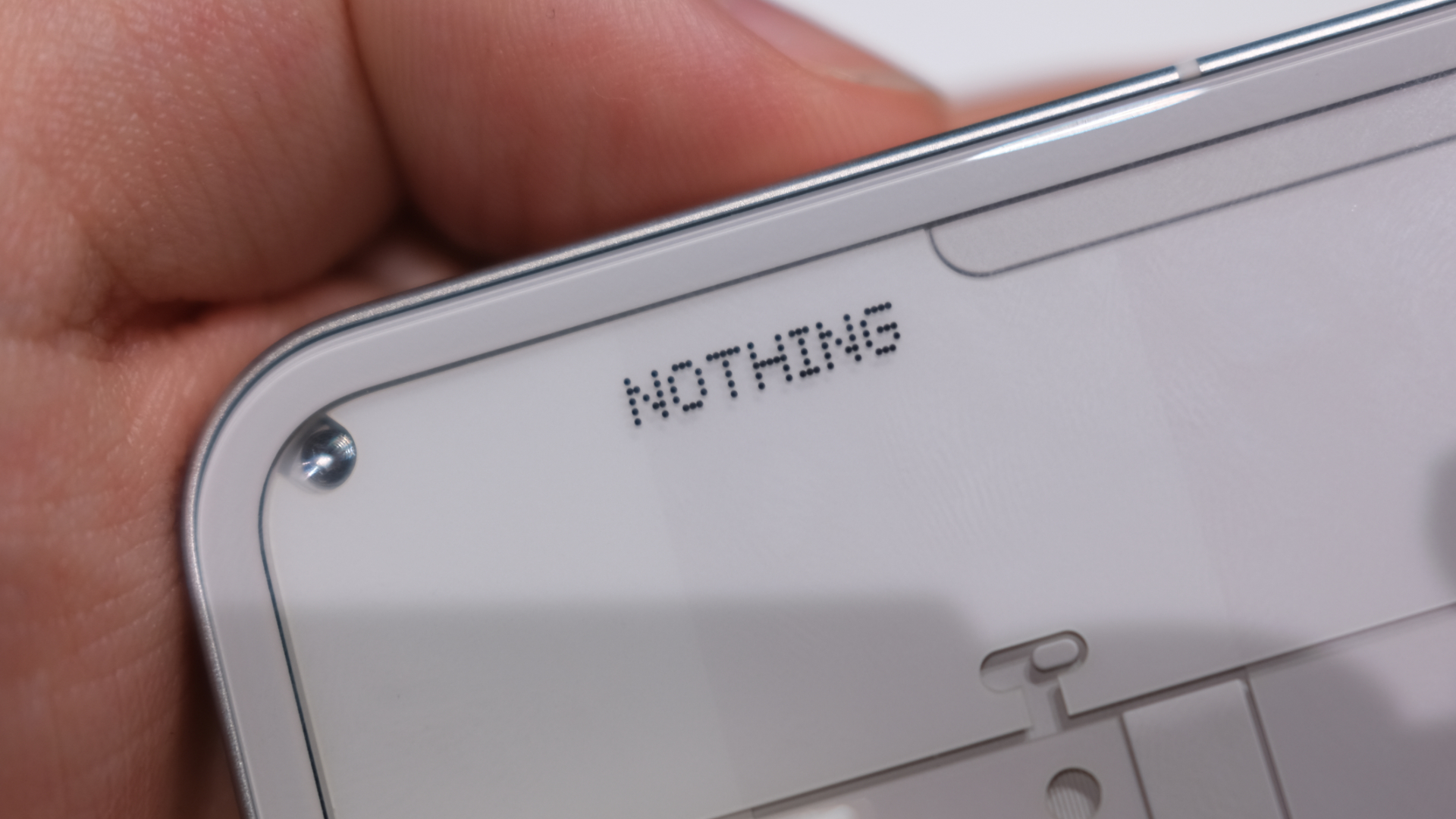
I'm not going to pretend this is a totally fair comparison, right out of the gate. But my iPhone's battery life is starting to become quite annoying, as I approach its two-year anniversary.
What was previously a reliable all-day (or nearly two-day) phone now struggles to get through a normal day without a top-up. So when Nothing confirmed that the Phone (3) houses a 5,150mAh battery, and that it uses new silicone carbide tech, my eyes lit up.
Knowing that the phone should last through a whole day and then some is the sort of security I crave, and I can't wait to upgrade that part of my experience. More to the point, it'll be interesting to see how that battery life holds up over the course of years.

Max is T3's Staff Writer for the Tech section – with years of experience reporting on tech and entertainment. He's also a gaming expert, both with the games themselves and in testing accessories and consoles, having previously flexed that expertise at Pocket-lint as a features editor.
You must confirm your public display name before commenting
Please logout and then login again, you will then be prompted to enter your display name.